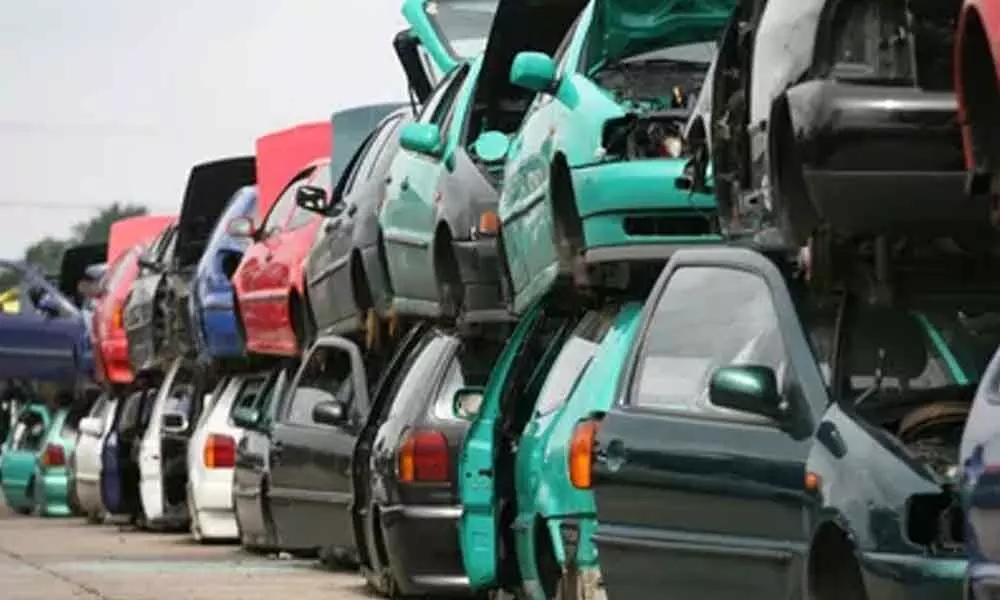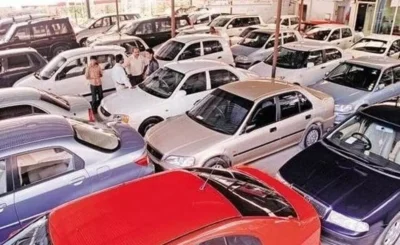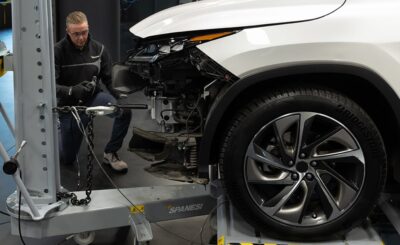To observe the scrap car Singapore industry is to witness the material poetry of planned obsolescence, where the dreams of mobility are systematically dismantled into their constituent elements of profit and environmental reckoning. Here, in the industrial margins of one of the world’s wealthiest city-states, lies a meditation on what it means to dispose of the very objects that once promised freedom, status, and modernity itself.
The Mathematics of Mortality: When Machines Meet Their Makers
Singapore’s Certificate of Entitlement system creates what might be called an institutionalised death sentence for automobiles. The numbers tell a story of systematic termination:
- Annual vehicle disposal: 90,000 vehicles reach predetermined expiration dates
- Total registered vehicles: 950,000 across all categories
- Mandatory retirement: Regardless of mechanical condition or owner attachment
- Controlled obsolescence: A conveyor belt feeding the car disposal Singapore infrastructure
This controlled culling represents something unprecedented—a society that has legislated the lifespan of desire itself. The vehicle scrapping Singapore industry thus becomes not merely recycling, but temporal archaeology, excavating dreams and debts embedded in steel and aluminium.
The Alchemy of Decomposition: Value from Vanishing
Within Singapore’s automotive recycling facilities, workers perform reverse manufacturing, deconstructing assembled dreams back into raw elemental forms. Each vehicle yields its material confession:
- Steel frameworks: 800-950kg (70% of vehicle mass)
- Aluminium components: 120-180kg from energy-intensive smelting
- Copper infrastructures: 20-35kg of wiring carrying electrical dreams
- Precious metals: 3-7 grams from catalytic converters
- Electronic circuits: Rare earth elements mined under precarious conditions
The economic value extracted—S$800 to S$1,500 per vehicle—represents mere fractions of original purchase prices, revealing spectacular inefficiency in systems designed around perpetual replacement rather than repair.
Environmental Confessions: The Ecological Debt of Mobility
Singapore’s impressive 98% vehicle recycling rate, whilst laudable, cannot fully account for upstream environmental damage embedded in manufacturing, nor downstream consequences of material dispersion. The environmental accounting reveals:
- Energy recovery: 74% less energy than primary steel production
- Carbon displacement: 1.6 tonnes CO2 prevented per recycled tonne
- Water conservation: 76% reduction compared to virgin materials
- Toxic management: Proper disposal of fluids, batteries, and electronics
Yet these figures mask broader ecological debt from transportation systems built upon individual ownership within one of the world’s most efficient public transit networks.
The Politics of Disposal: Who Decides What Dies
The regulatory architecture governing car dismantling in Singapore operations reveals political dimensions of disposal. The Environmental Protection and Management Act creates frameworks determining which materials deserve preservation and which warrant destruction—decisions carrying profound implications for resource allocation and environmental justice.
Required protocols include:
- Systematic depollutionprioritising certain environmental risks
- Material trackingrendering visible only particular disposal aspects
- Safety standardsprotecting some workers whilst potentially displacing risks
- Documentation requirementsfor creating destruction archives whilst erasing production histories
Labour and the Choreography of Destruction
The 2,800 workers across Singapore’s vehicle disposal sector perform labour simultaneously creative and destructive, skilled and precarious. These workers possess intimate automotive anatomy knowledge, understanding precisely how to separate valuable materials from worthless debris, yet receive little social recognition.
Modern processing sophistication—hydraulic shears, magnetic separators, artificial intelligence—amplifies productivity whilst potentially displacing human labour, reflecting broader tensions about technological progress and economic distribution within late capitalism.
Futures Written in Rust: Electric Dreams and Material Realities
The electric vehicle transition presents new material challenges and opportunities. Electric batteries contain lithium, cobalt, and nickel—materials extracted under environmental and social violence conditions, requiring their own disposal forms.
The Singapore Green Plan 2030’s identification of automotive recycling as critical infrastructure suggests governmental recognition of disposal as fundamental urban planning. Yet this occurs within economic systems continuing to prioritise growth and consumption over repair and preservation.
Key transition challenges:
- New material compositionsrequiring specialised processing expertise
- Battery disposal protocolsfor lithium, cobalt, and nickel recovery
- Investment requirementsfor advanced processing technologies
- Workforce retrainingfor evolving industry demands and
Towards a Political Economy of Endings
The auto salvage Singapore industry represents more than efficient material recovery; it embodies particular relationships between society, technology, and environmental responsibility. Systematic vehicle transformation into raw materials reveals both possibilities and limitations of circular economy thinking within capitalist frameworks.
As Singapore develops its environmental leadership reputation, contradictions within automotive disposal become increasingly apparent. Destruction efficiency cannot compensate for production, consumption, and planned obsolescence inefficiency.
The scrapyards ultimately teach that true sustainability requires not merely better disposal methods, but fundamental reconsiderations of relationships to mobility, ownership, and the material world itself. These lessons extend far beyond efficient operations, challenging assumptions about progress, consumption, and environmental responsibility within contemporary urban planning.
Perhaps what emerges most clearly from this archaeology of endings is recognition that every disposed vehicle carries within it the accumulated contradictions of late capitalism—the simultaneous promise and impossibility of individual mobility solutions within collective urban spaces, ensuring continued critical examination of scrap car Singapore operations.








